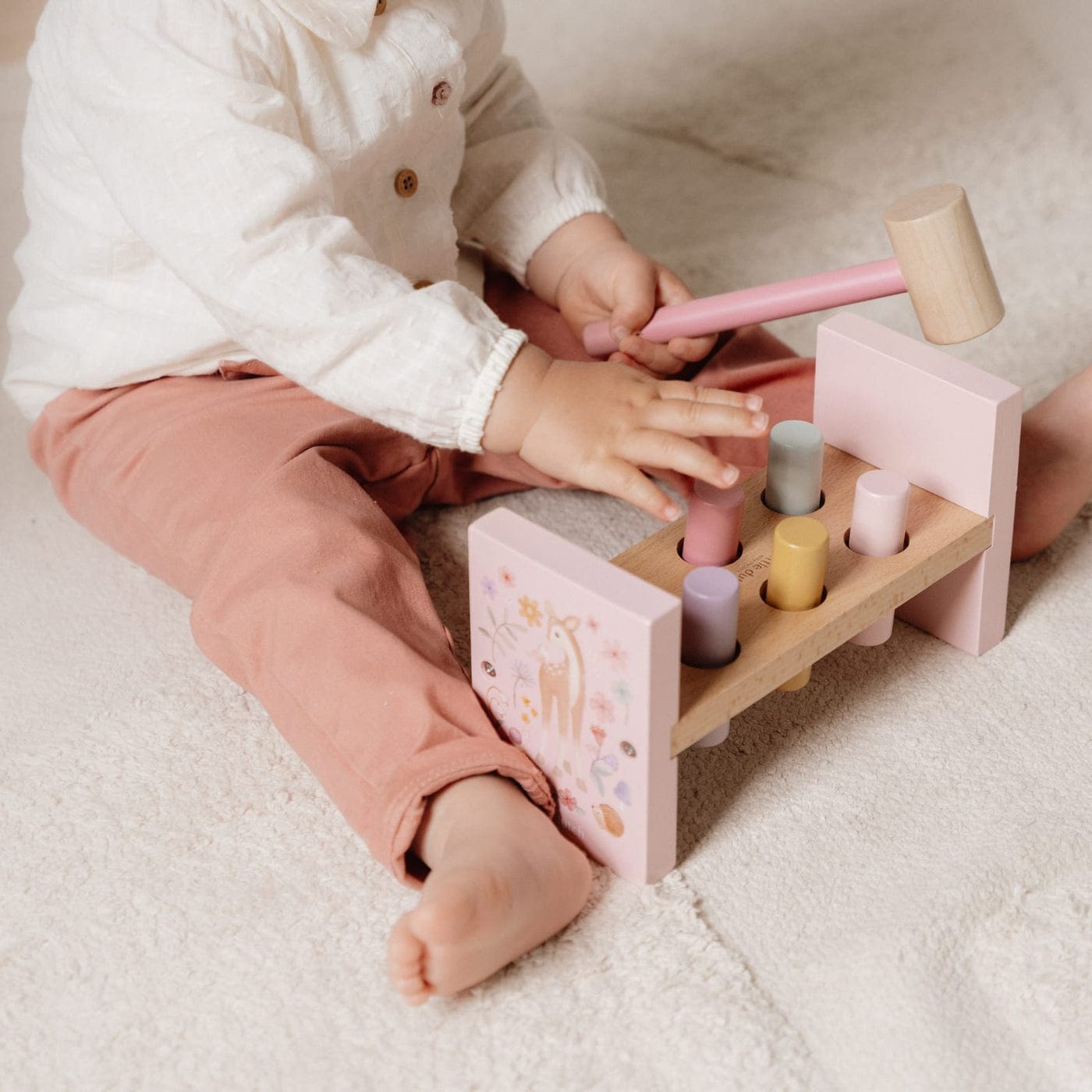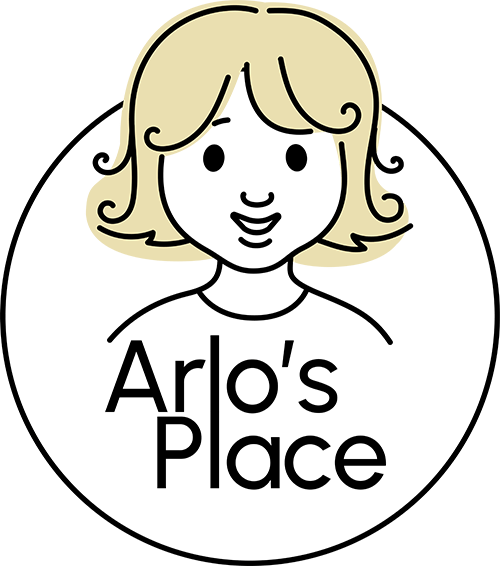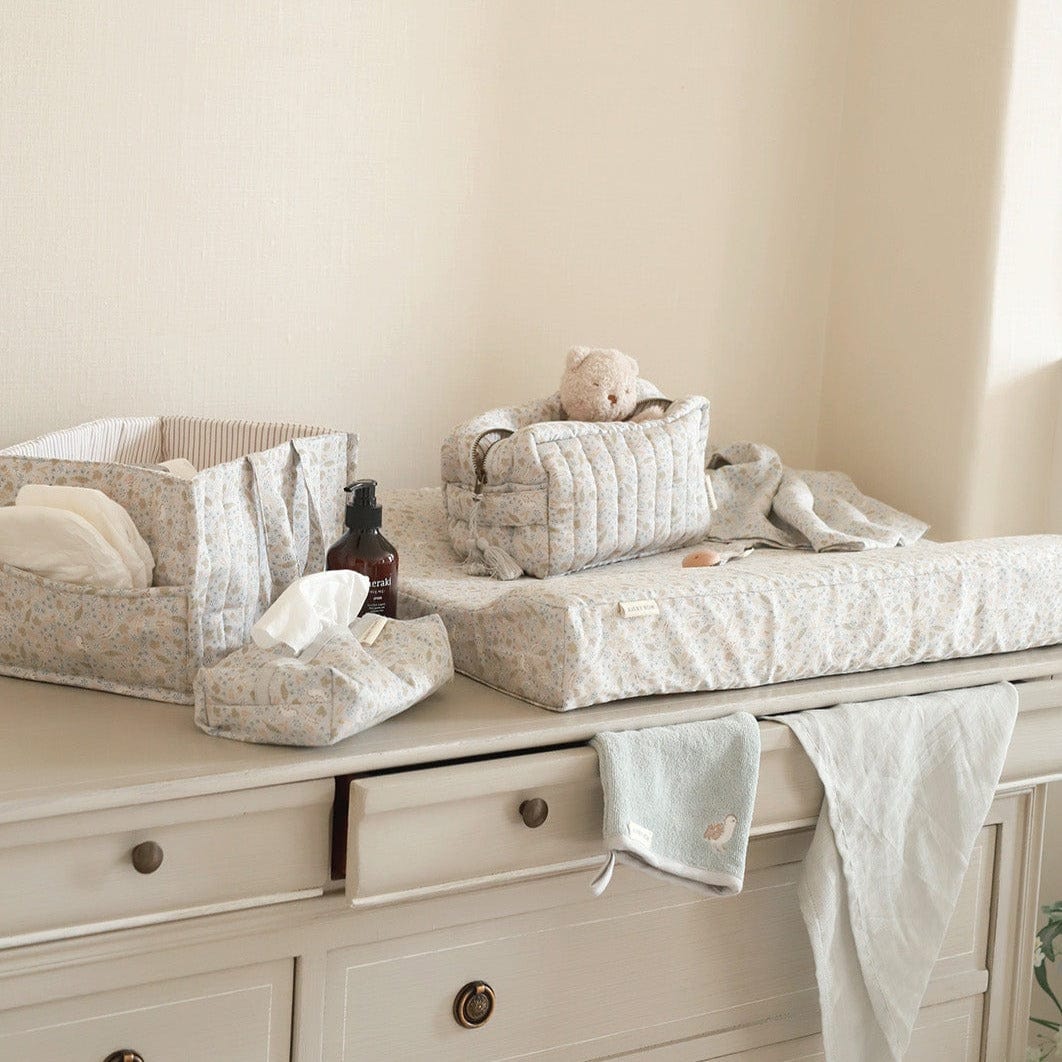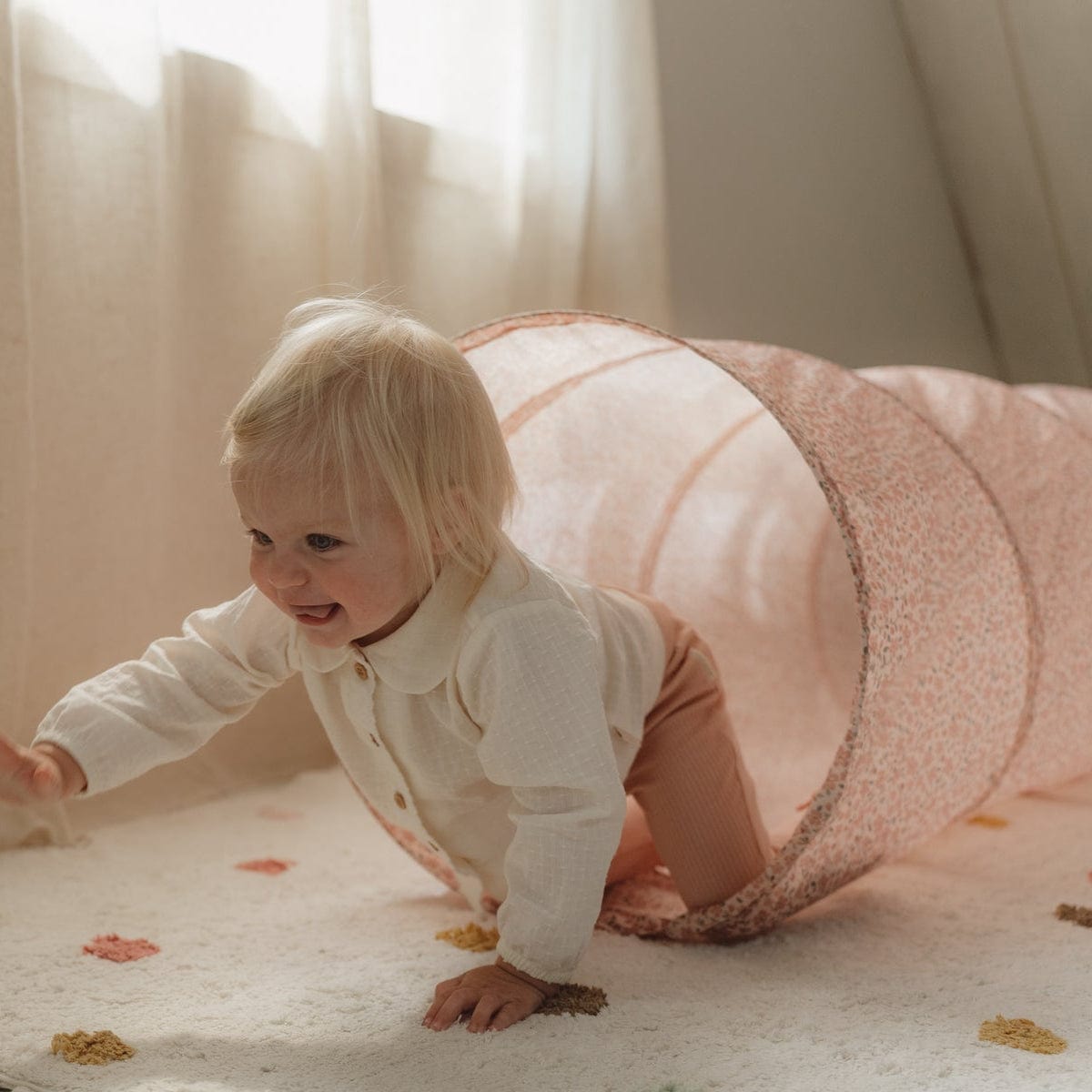
What Are Wooden Toys?
Wooden toys are toys made from natural materials like solid wood, plywood, or MDF. They’re often finished with non-toxic paints or oils and designed to be safe, sturdy, and long-lasting. From beautifully crafted wooden toys for babies to classic wooden toys for toddlers and older children, they offer a timeless, tactile way to play that supports creativity and development.
Children’s wooden toys have become increasingly popular with parents who value sustainability, quality, and the benefits of screen-free play.

Are Wooden Toys Better for Development?
Yes, wooden toys are often better for children’s development because they encourage open-ended, imaginative play. Unlike many plastic toys with lights and sounds, wooden toys leave space for the child’s own ideas. This helps to build creativity, independence, and deeper focus.
Toys like stacking blocks, puzzles, and wooden shape sorters support hand-eye coordination and fine motor skills. Role play toys, such as wooden kitchens, tool sets, and dolls' houses, help children explore language, storytelling, and social interaction. They also support emotional development by giving children a chance to mimic real-life experiences in a safe and playful way.
Because they’re less overwhelming and overstimulating, wooden toys can be especially helpful for toddlers who are just starting to explore the world around them.

Are Wooden Toys Better for the Environment?
In most cases, yes. Wooden toys made from responsibly sourced or FSC® Certified wood are more sustainable than plastic alternatives. They’re often finished with water-based paints and are free from harmful chemicals like BPA and phthalates.
While not typically recyclable in the way some plastics are, many wooden toys are more environmentally friendly in practice — they last longer, don’t shed microplastics, and can be passed down, repaired, or donated rather than ending up in landfill.
Are Wooden Toys Better Than Plastic?
This comes down to what matters most to you. Wooden toys tend to be:
-
More durable
-
More environmentally responsible
-
Safer and non-toxic
-
Better suited to calm, focused play
Plastic toys often have flashing lights and electronic features, but these can sometimes distract rather than support meaningful play. For many families, wooden toys feel more intentional and aligned with how they want their children to grow and learn.
Are Wooden Toys Recyclable?
Most wooden toys are not recyclable through standard curbside programmes. However, they can be repurposed, donated, or passed down to younger children — and many are made from biodegradable materials. Be mindful, though: painted or varnished toys may not break down in the same way untreated wood would. Their long life span is part of what makes them a more sustainable option overall.
Can You Sterilise Wooden Toys?
You can’t sterilise wooden toys the way you might plastic ones — soaking or using harsh chemicals can damage the wood. Instead:
-
Wipe with a damp cloth and mild soap
-
Disinfect naturally with a white vinegar and water solution
-
Dry thoroughly to prevent warping or cracking
How to Clean Wooden Toys
-
Use a soft cloth with warm, soapy water
-
Avoid soaking or submerging in water
-
Let toys air-dry completely before storing
-
For disinfecting, use white vinegar diluted with water (1:1)
Why Parents Choose Wooden Toys
Wooden toys are loved by many parents because they are:
-
Built to last and can be passed through generations
-
Beautifully designed to suit any nursery or play space
-
Made from natural, non-toxic materials
-
Aligned with Montessori and Waldorf learning styles
-
A great choice for children who benefit from calm, sensory-rich play
Looking for inspiration? Check out our range of quality wooden toys for children.


